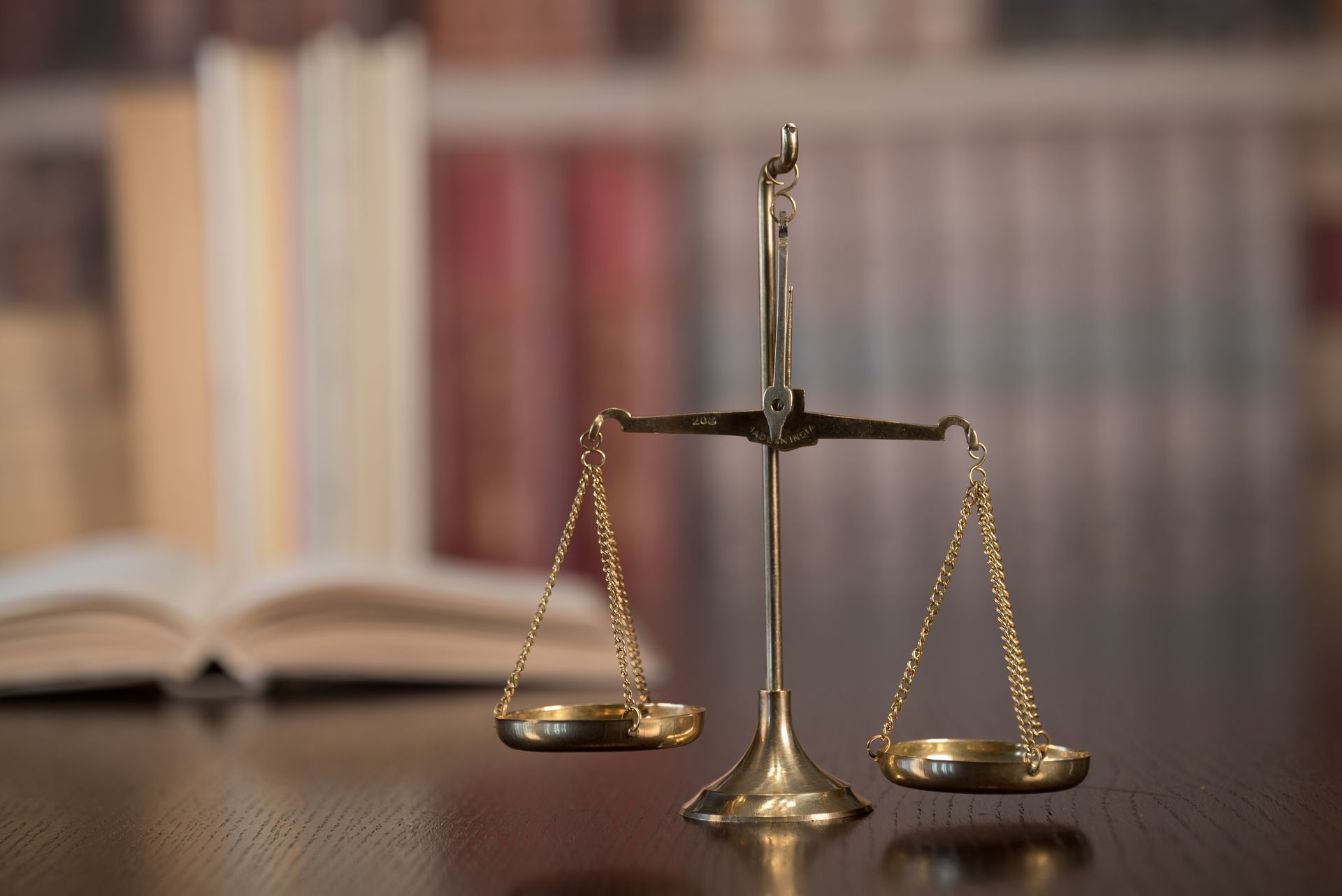Understanding the Civil Litigation Process in California: Step-by-Step
Understanding the Civil Litigation Process in California: Step-by-Step
Most people don’t think they’ll ever end up in a courtroom — until a serious dispute puts their career, finances, or reputation at risk. If you’re considering filing a lawsuit or have been served with one, it’s critical to understand how the civil litigation process in California actually works.
At The Law Offices of David C. Beavans, APC, we believe in full transparency and aggressive representation at every stage of the legal process. Below is a step-by-step guide to help you know what to expect if your case ends up in court.
Step 1: Pre-Litigation Evaluation
Before filing a lawsuit, your attorney will evaluate:
- The strength of your legal claim or defense
- Potential damages or financial impact
- Available documentation, witnesses, or evidence
This phase includes a careful analysis of whether the case is worth pursuing. We don't send endless demand letters — we assess whether court is the right next step.
Step 2: Filing the Complaint
If litigation is warranted, a Complaint is filed in the appropriate California court. This document outlines:
- The parties involved
- Legal claims being made (e.g., breach of contract, negligence, fraud)
- The relief or compensation being sought
Once filed, the defendant is served with the Complaint and Summons, giving them formal notice of the case.
Step 3: The Defendant’s Response
The person or entity being sued must respond — usually by filing an Answer denying the allegations or raising defenses. In some cases, the defendant may file a demurrer or motion to dismiss, arguing the case lacks legal basis.
Step 4: Discovery Phase
This is often the most intensive and critical part of a lawsuit. Both sides gather facts through:
- Interrogatories (written questions)
- Requests for documents
- Depositions (out-of-court sworn testimony)
- Subpoenas (to compel third-party evidence)
This phase allows attorneys to evaluate the full scope of the case, pressure the other side, and prepare for trial.
Step 5: Pre-Trial Motions
Before trial, either party can file motions such as:
- Motion for Summary Judgment (asking the judge to decide part or all of the case early)
- Motions to Compel (forcing the other side to comply with discovery)
These motions can shape or even resolve the case before it ever reaches a jury.
Step 6: Settlement Negotiations or Mediation
Many civil disputes are resolved before trial through:
- Informal negotiations
- Court-ordered settlement conferences
- Formal mediation
Our firm prepares every case as if it’s going to trial — which strengthens your position in any settlement discussions.
Step 7: Trial
If no settlement is reached, the case proceeds to trial. Depending on the situation, this may be:
- A jury trial, where peers decide the case
- A bench trial, where a judge makes the final decision
During trial, each side presents evidence, examines witnesses, and delivers arguments. The result is a verdict and, if applicable, a monetary judgment.
Step 8: Post-Trial Motions and Appeals
After trial, either side may file motions to:
- Modify the judgment
- Request a new trial
- Appeal the decision to a higher court
Having the right legal team matters here — appellate rules and procedures are strict, and timing is limited.
Litigation That’s Built for Results
At The Law Offices of David C. Beavans, APC, civil litigation isn’t a side offering — it’s what we do. We focus our resources on courtroom advocacy, not drawn-out paperwork or delay tactics. Whether you're facing a business dispute, contract breakdown, or financial injury, we’re ready to take your case from filing to final verdict.
Get Help From a Trial-Ready Civil Litigation Attorney in San Diego
Don’t navigate the court system alone. We’re here to help you understand your options, protect your rights, and fight for the outcome you deserve.
📞
Call 619-234-7848 to schedule a consultation.
🌐
Visit us at:
www.thesdlawyers.com






